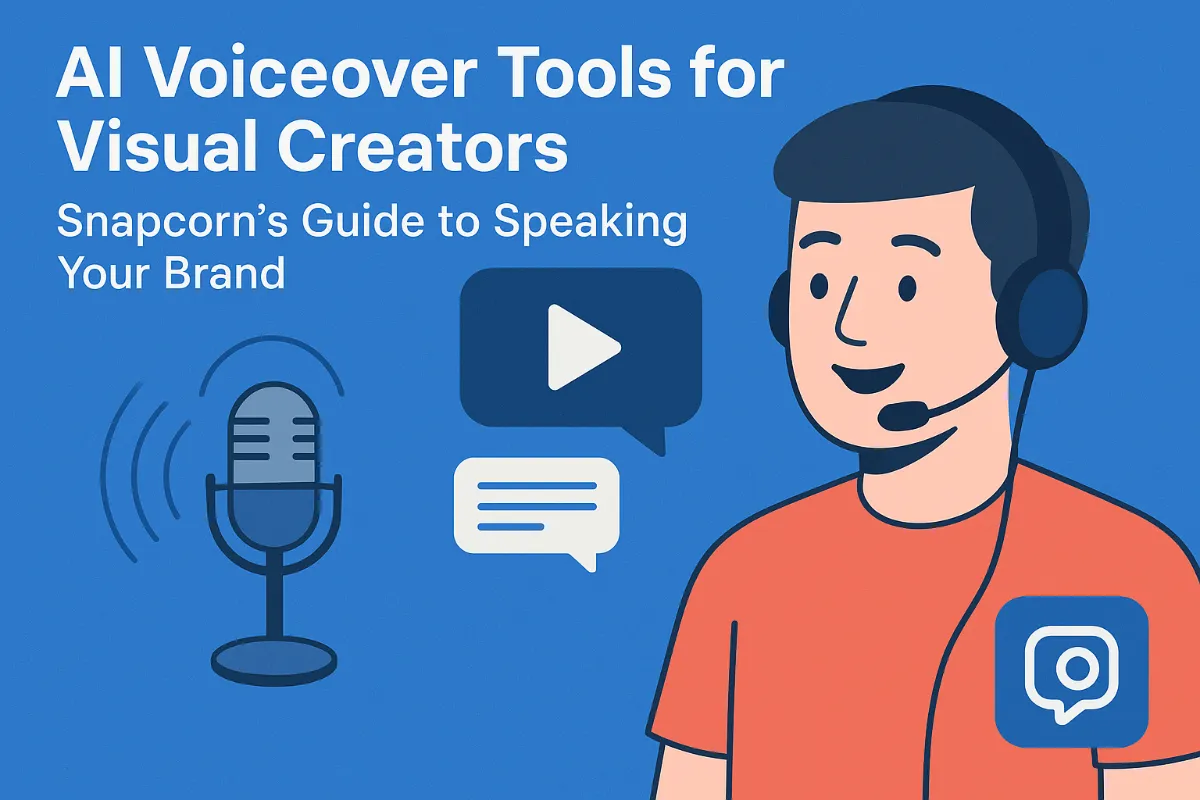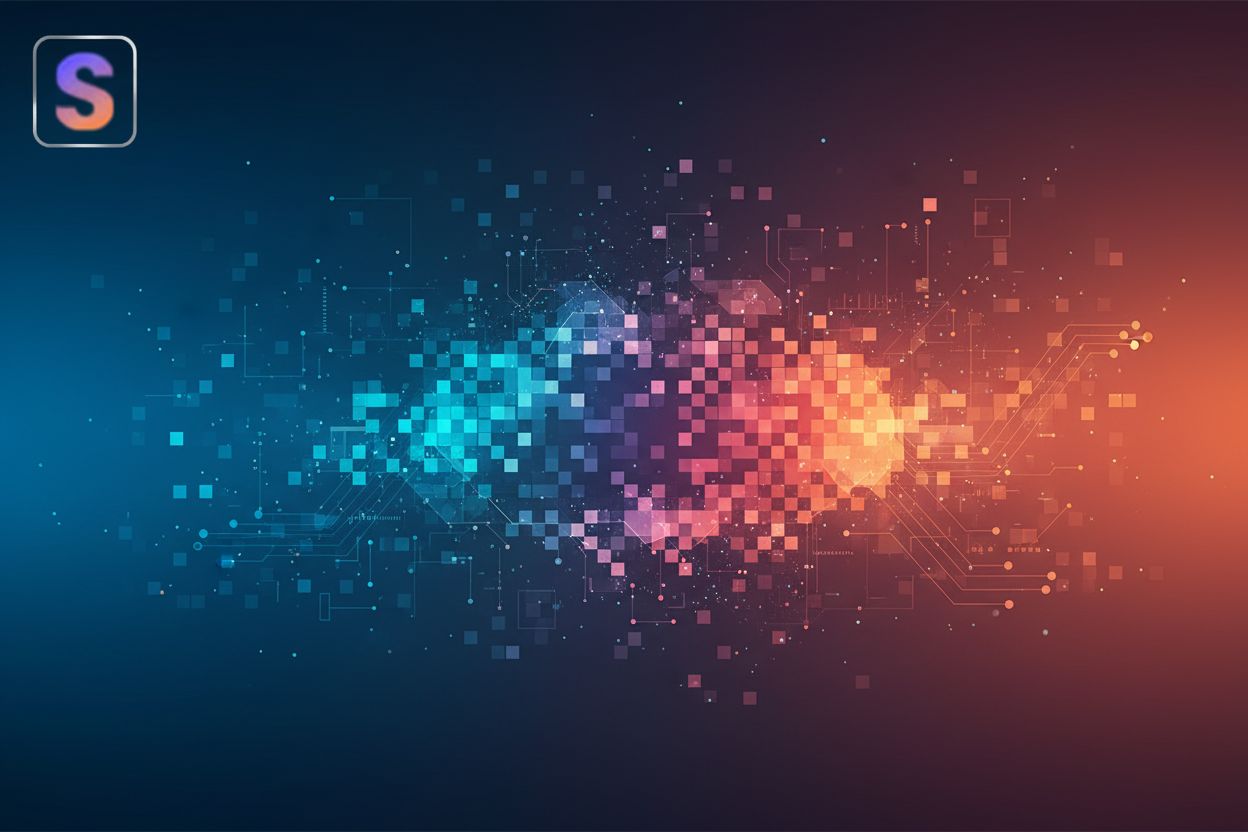A Methodology for Class Activation Maps in Image Analysis
TL;DR
Introduction to Class Activation Maps (CAM)
Class Activation Maps, or CAMs, are kind of a big deal if you're trying to figure out why your ai is making certain decisions. Ever wonder what part of an image your software is focusing on?
- CAMs provide visual explanations. They show you the areas in an image that had the most influence on the ai's classification. (AI & Healthcare : Understanding Saliency Maps for Explainable AI) Think of it like a heat map that highlights the important bits.
- They're used in image analysis. CAMs helps to identify key features like, say, spotting cancerous tissue in medical images or defective products in retail, or even fraudulent transactions in finance.
- CAMs helps ai be more transparent. It's not just a black box anymore; you can kinda see what's going on inside. As this cvpr paper notes, CAMs help when training semantic segmentation models.
This is really important for figuring out if your ai is actually learning what you want it to learn. CAMs are crucial for ai image enhancement because they let us see which parts of an image the model is focusing on, allowing for targeted improvements and a better understanding of the model's strengths and weaknesses.
Traditional CAM Methodology
Class Activation Maps, huh? I remember the first time I tried to use one, I thought, "This is either genius or complete gibberish." Turns out, it's a bit of both, but mostly genius.
- CAMs rely on discriminative models. These models are trained to classify images, deciding what an image is. The problem, though, is they only really focus on what's most important for that decision, like the cvpr paper points out.
- They highlight "discriminative" regions. This means they show you the parts of the image that best define the class. If you're trying to find a dog in a picture, it will probably focus on the head and maybe the paws. But what about the body? It's like saying a car is just a steering wheel and an engine.
Okay, so how does the traditional CAM method actually, like, work?
- First, you gotta train your model. This is your standard image classification thing – teaching your ai to recognize cats, buses, or whatever.
- Next, you extract feature maps. These come from the last convolutional layer of your neural network. It's where the ai has learned to "see" important features.
- Finally, you calculate the CAM. This involves using the weights from the classifier to figure out which feature maps are most important for a particular class. It's kinda like reverse-engineering the ai's thought process. A more detailed look shows that the weights from the final fully connected layer are multiplied with their corresponding feature maps from the last convolutional layer. Then, a global average pooling (GAP) operation is applied to these weighted feature maps, which are then summed up to create the final heatmap.
The big problem with these traditional CAMs is that they don't always give you the whole picture. It's a bit like looking through a keyhole; you only see a tiny part of what's actually there. This happens because it tends to capture only the most obvious and discriminative parts of an object, leading to poor coverage of the entire object and imprecise localization of its boundaries.
So, what's next? Time to look at some problems with the coverage and localization of CAMs.
A Methodology for Local Prototype CAM (LPCAM)
So, we've talked about how normal CAMs aren't always showing you the full picture, right? They're like ai spotlights that only hit the most obvious parts. That's where Local Prototype CAM, or LPCAM, comes in to try and fix some of these issues.
The limitations of traditional CAMs, particularly their tendency to focus only on discriminative regions and their resulting poor coverage and localization, are directly addressed by LPCAM's novel approach.
- Forget the last pooling layer. Normally, the last pooling layer kinda squashes everything down, right? LPCAM ditches it. By doing this, it gets to grab the non-discriminative features too. Those "less important" features, which confuse the model between similar classes, like the cvpr paper calls out. This helps capture a more complete representation of the object.
- Spatial info stays put. Keeping the unpooled features around means you don't lose track of where things are in the image. This can be super helpful, whether you're enhancing medical images or trying to build better autonomous vehicle software.
Okay, so what do we do with all these local features? We cluster 'em!
- Local features get grouped. LPCAM takes all the local features from an object class. By "local," we mean features extracted from a specific receptive field around a pixel location. These "local features" refer to the high-level representations learned by the convolutional layers for small spatial regions.
- Cluster centers become prototypes. The center of each cluster? That's your local prototype. Think of these as little snippets of what makes up a class – head, leg, body, whatever.
- K-Means is the go-to. Typically, they use k-means clustering for this. It's simple, effective, and gets the job done.
Now, how do we turn these prototypes into something useful?
- Compare features to prototypes. Take those unpooled features and compare them to each local prototype. A CVPR paper suggested cosine distance is a good way to measure similarity.
- Similarity matrices emerge. This comparison gives you a similarity matrix for each prototype. It's like saying, "How much does this part of the image look like this prototype?"
- Heatmap time! Then, you smush all those similarity matrices together into a heatmap, like a CAM. This process of comparing local features to prototypes and aggregating the resulting similarity matrices allows LPCAM to capture a broader range of features, including those that are not highly discriminative, by essentially mapping out how well each part of the image aligns with the learned prototypes of the class. The cvpr paper says this is how LPCAM captures all the local features, without discrimination.
So, you end up with a CAM that's supposed to be better at capturing the whole object, not just the parts that scream, "I'm a dog!" Sounds promising, doesn't it? Next up is leveraging non-discriminative and context features.
Applications and Results
Okay, so, you're looking at Class Activation Maps, right? Ever wonder if they're just pretty pictures or are they actually telling you something? It's important to validate CAM outputs to ensure they accurately reflect the model's decision-making process.
The real power of Local Prototype CAM (LPCAM) comes when you start using it in real-world situations. Let's get into it:
- Pinpointing problems in medical imaging: Think about it - if a doctor can use ai to quickly identify areas of concern, that frees them up to focus on like, the really tricky stuff. Instead of just saying, "there's something here," LPCAM can highlight the specific local features that are raising flags, like a suspicious texture or shape.
- Finding defects in manufacturing: Imagine a factory line where the ai is spotting tiny imperfections in products that a human would totally miss. Again, LPCAM can zoom in on those specific "non-discriminative" features – a slight discoloration, a tiny dent – that indicate a flaw, and that's important for quality control.
- Boosting fraud detection in finance: It's not just about flagging a transaction as "suspicious." LPCAM could help to identify subtle patterns in transactions, like weird address combinations or unusual purchase times, that might indicate fraudulent activity, and that's what I call smart.
LPCAM consistently improves weakly-supervised semantic segmentation (WSSS) tasks, especially when integrated into methods like MCTformer and AMN.
Weakly-supervised semantic segmentation (WSSS) is a task where models are trained to segment images (i.e., identify the boundaries of objects) using only image-level labels, rather than pixel-level annotations. LPCAM's integration with methods like MCTformer and AMN contributes to improved performance in WSSS by providing more comprehensive feature maps that capture both discriminative and non-discriminative aspects of objects, leading to more accurate segmentation.
It's not just about looking good; it's about getting results. It's cool to see that LPCAMs is not just an idea, but a method that can improve accuracy in all these different areas.
So, what's next? Let's get qualitative results, that's where the real magic happens.
Conclusion
Well, that's the methodology! It's a startin' point, not gospel, ya know? So, what's the big takeaway?
- LPCAM gives better object highlightin' compared to ol' CAM, those cvpr paper shows how it improves semantic segmentation.
- This here method can boost weakly-supervised tasks, like that paper mentioned.
- It's a valuable tool for enhancing ai explainability, particularly in tasks requiring a more nuanced understanding of object features beyond just the most discriminative ones. Further research could explore its application in novel domains or its integration with other explainability techniques.







